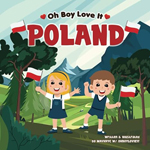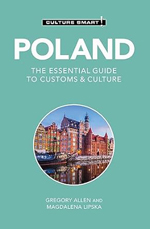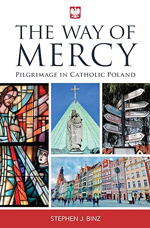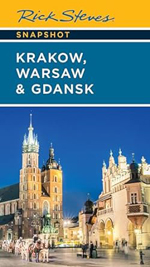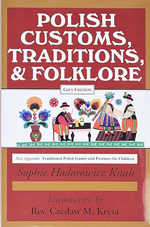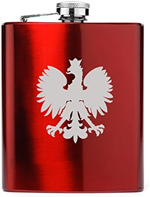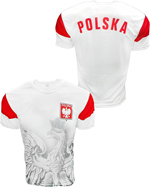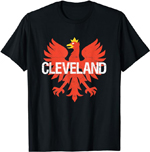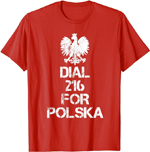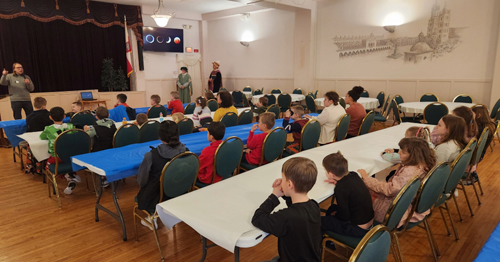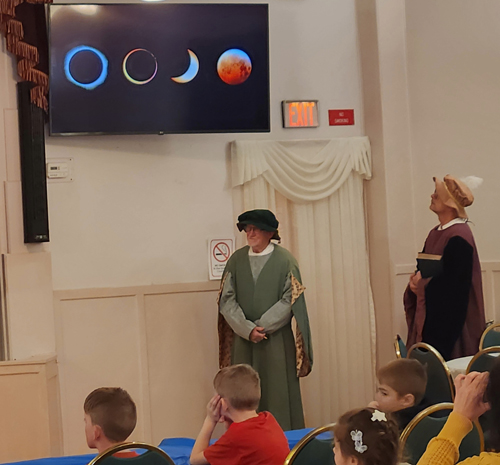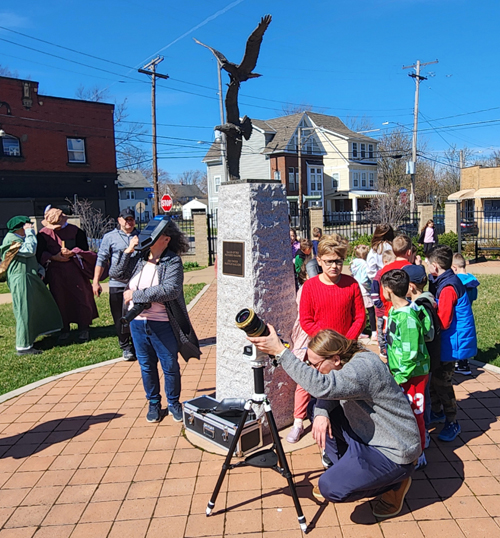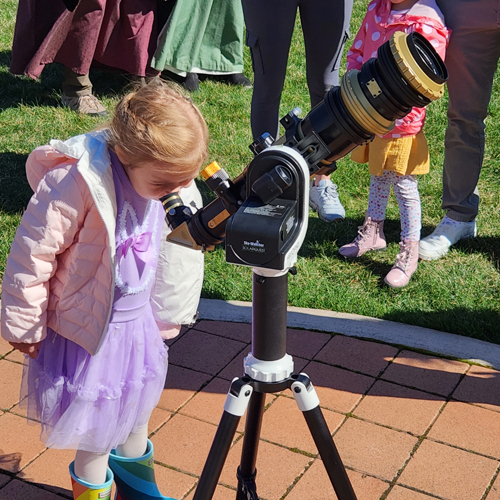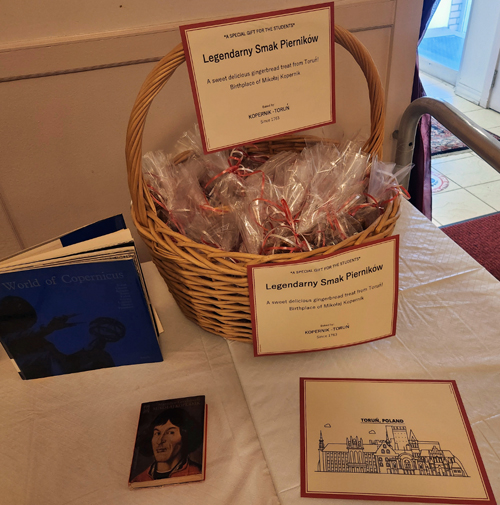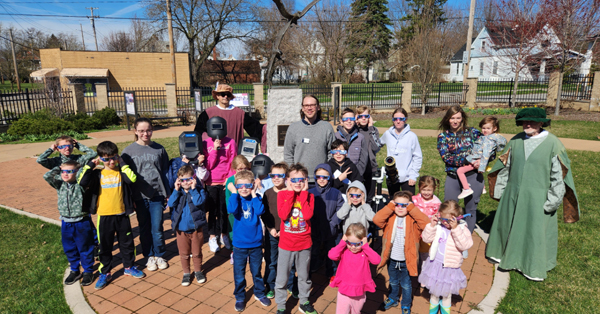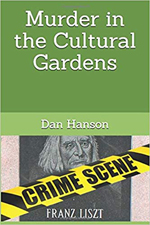Those of Polish heritage have always been rightfully proud of the accomplishments of Nicolaus Copernicus. The great Polish scientist Nicolaus Copernicus was a true Renaissance man. Copernicus was a mathematician, astronomer, physician, classical scholar, translator, artist, Catholic cleric, jurist, governor, military leader, diplomat and economist. Astronomy was just part of his work yet he is most remembered for providing the first modern formulation of a heliocentric (Sun-centered) theory of the solar system. This could be said to be the starting point of modern astronomy and the beginning of the Scientific Revolution. He is honored with a bust in the Polish Cultural Garden in Cleveland.
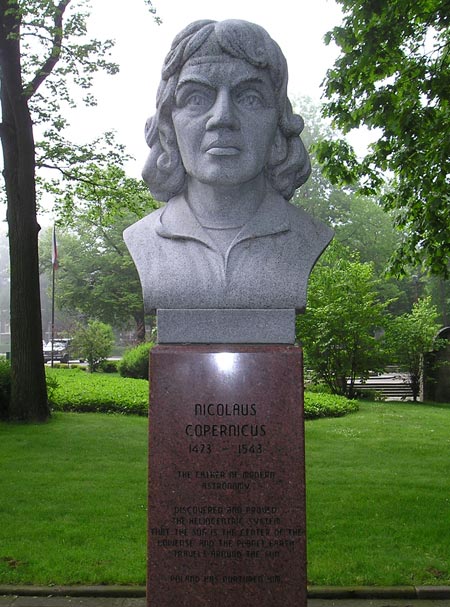 Copernicus statue in Polish Cultural Garden Copernicus statue in Polish Cultural Garden
Our Polish Ambassador Gary Kotlarsic reports that "On the beautiful sunny afternoon of March 16th, 2024, at the Polish American Cultural Center JPII, students of the Maria Konopnicka Polish language school and Henryk Sienkiewicz Polish language school had a wonderful time learning about the upcoming solar eclipse from Nick Anderson, Senior Astronomer of the Cleveland Museum of Natural History.
Nick used visual aids and a hands-on approach to engage the children, taking them on a tour of the heavens and discussing the different types of eclipses. He even introduced the children to the concept of a pinhole projector, which they made themselves, that allowed them to view the sun outside safely.
The children also had the opportunity to use the museum's cutting-edge solar telescope and observe the sun through welder-style glasses.
Following the presentation, the children enjoyed pizza and Torunskie Pierniki cookies, while parents enjoyed beverages in the cafe and explored the center's museum.
Copernicus was born on February 19, 1473 in the city of Torun (Thorn), in the province of Royal Prussia, in the Crown of the Kingdom of Poland. His father was a merchant from Kraków and his mother was the daughter of a wealthy Torun merchant. So it was fitting that the children enjoyed Torunskie pierniki (from Thorun). They are often referred as Torun gingerbread cookies, pierniki derive their name from the Polish word pieprz, meaning pepper. The authentic recipe is still a closely guarded secret, but they are traditionally made with wheat or rye flour, honey, and a blend of spices, such as cinnamon, nutmeg, pepper, and cloves. Modern day pierniki come in various versions that are often glazed with chocolate or sugar and filled with fruit jams, chocolate or marzipan. They are a traditional Christmas treat as well as a cherished Polish souvenir.
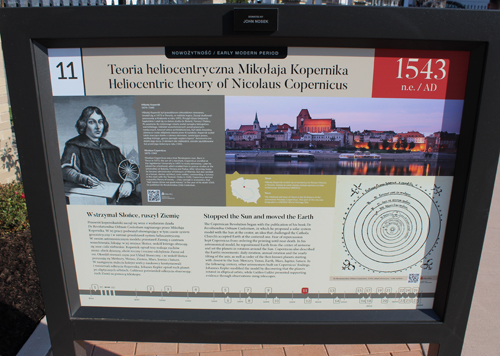 Polish Heritage Garden History of Poland Polish Heritage Garden History of Poland
Placard on Copernicus
All parents and children expressed gratitude for the invitation to this CMNH presentation at the PACC.
Top of Page
Back to Cleveland Polish
For sponsorship opportunities, please contact us.
Please support the Polish pages of ClevelandPeople.Com.
| 


